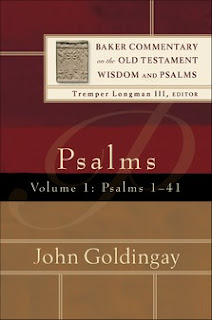The readings for today are Psalm 71:1-6; Jer. 1:4-10; 1 Cor. 13:1-13 and Luke 4:21-30.
On 1 Corinthians 13 I like what David Garland writes in his commentary from the Baker Exegetical Commentary on the New Testament. For readability I have omitted the references of his quotations. He writes:
“Second, this is not a hymn to love. It is an integral part of Paul’s exhortation to the Corinthians, and the list of things that love does and does not do is ‘aimed at the special faults of the Corinthians.’ Hurd suggests that omitting the negatives in each clause leaves us with a good description of the Corinthian’s behavior. They are impatient and unkind, filled with jealousy, vainglorious, and puffed up. They insist on their own way, are cantankerous and resentful, and rejoice in the wrong rather than right. Sigountos writes, ‘Such specific repetition of catchwords and phrases cannot be accidental: Paul intends to praise love by choosing acts that blame the Corinthians.’ This section becomes quite ironic. While praising love, Paul is blaming the Corinthians at the same time. The upshot is that although the gifts of the Spirit are conspicuous in their assembly, their lack of love is even more conspicuous. Rather than being a hymn glorifying how wonderful love is, this text becomes a subtle commentary on what is rotten in Corinth. ‘The stark message here is that while love stands the test of life, the Corinthian Christians have failed it miserably.’” (p. 616)The application is clear: how does my own life compare? I leave you with these words from a hymn by Thomas Pollock.
We have not known Thee as we ought,
Nor learned Thy wisdom, grace and power;
The things of earth have filled our thought,
And trifles of the passing hour.
Lord, give us light Thy truth to see,
And make us wise in knowing Thee.
We have not feared Thee as we ought,
Nor bowed beneath Thine awful eye,
Nor guarded deed and word and thought,
Remembering that God was nigh.
Lord, give us faith to know Thee near,
And grant the grace of holy fear.
We have not loved Thee as we ought,
Nor cared that we are loved by Thee;
Thy presence we have coldly sought,
And feebly longed Thy face to see.
Lord, give a pure and loving heart
To feel and know the love Thou art.
We have not served Thee as we ought,
Alas, the duties left undone,
The work with little fervor wrought,
The battles lost or scarcely won!
Lord, give the zeal, and give the might,
For Thee to toil, for Thee to fight.
When shall we know Thee as we ought,
And fear and love and serve aright?
When shall we, out of trial brought,
Be perfect in the land of light?
Lord, may we day by day prepare
To see Thy face and serve Thee there.
















